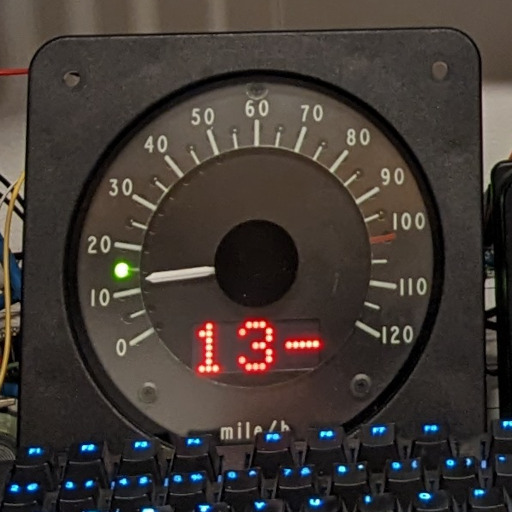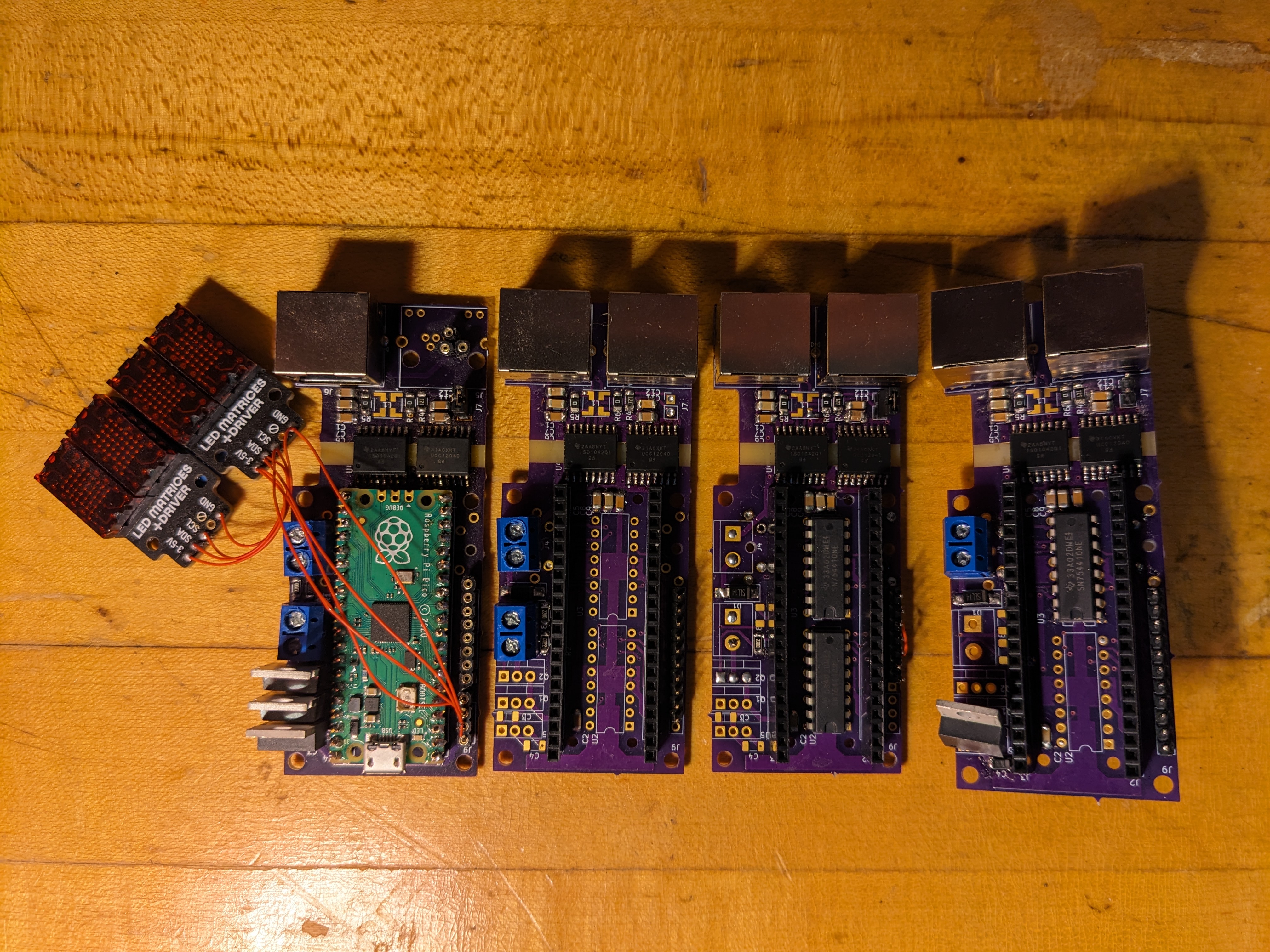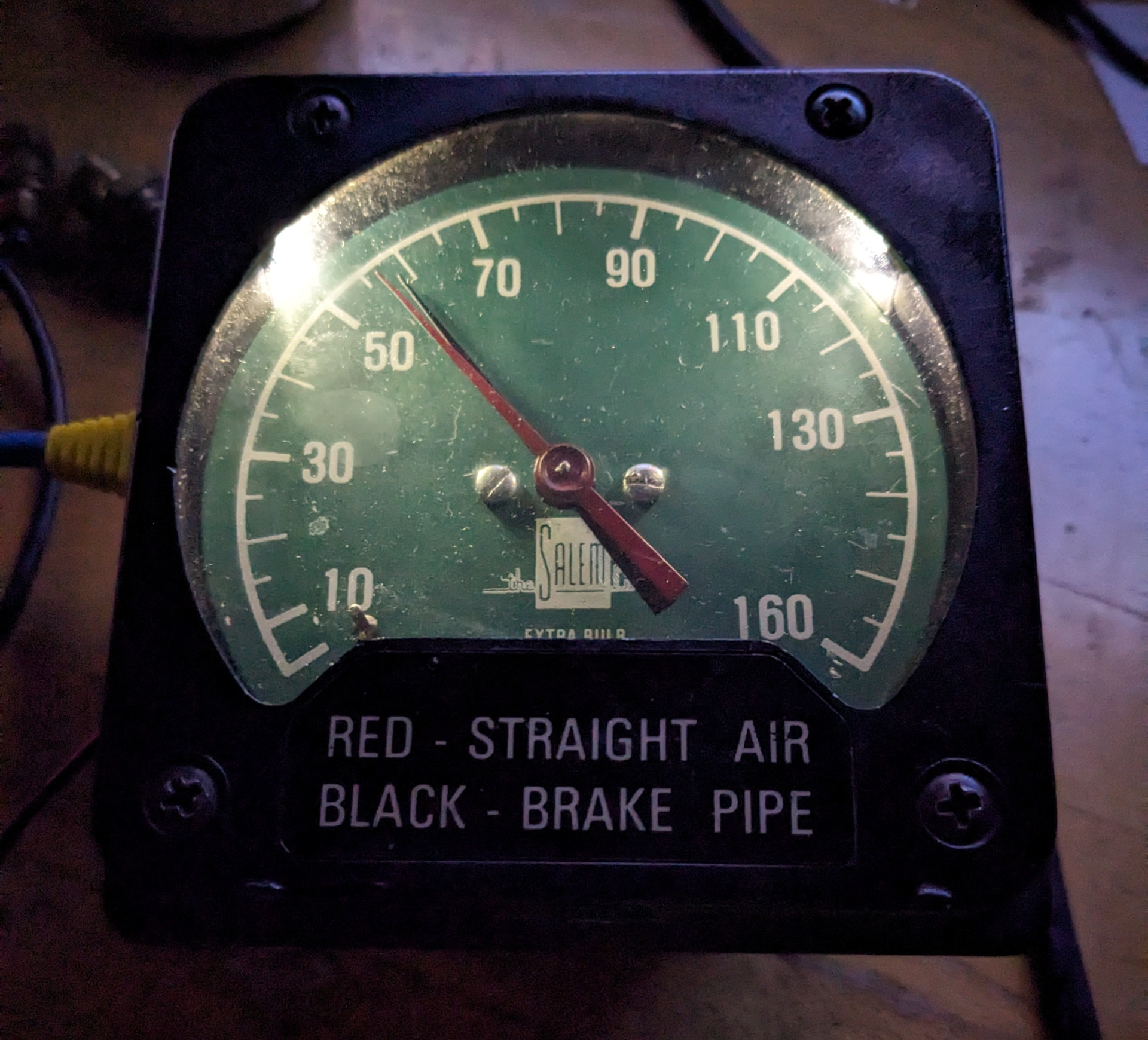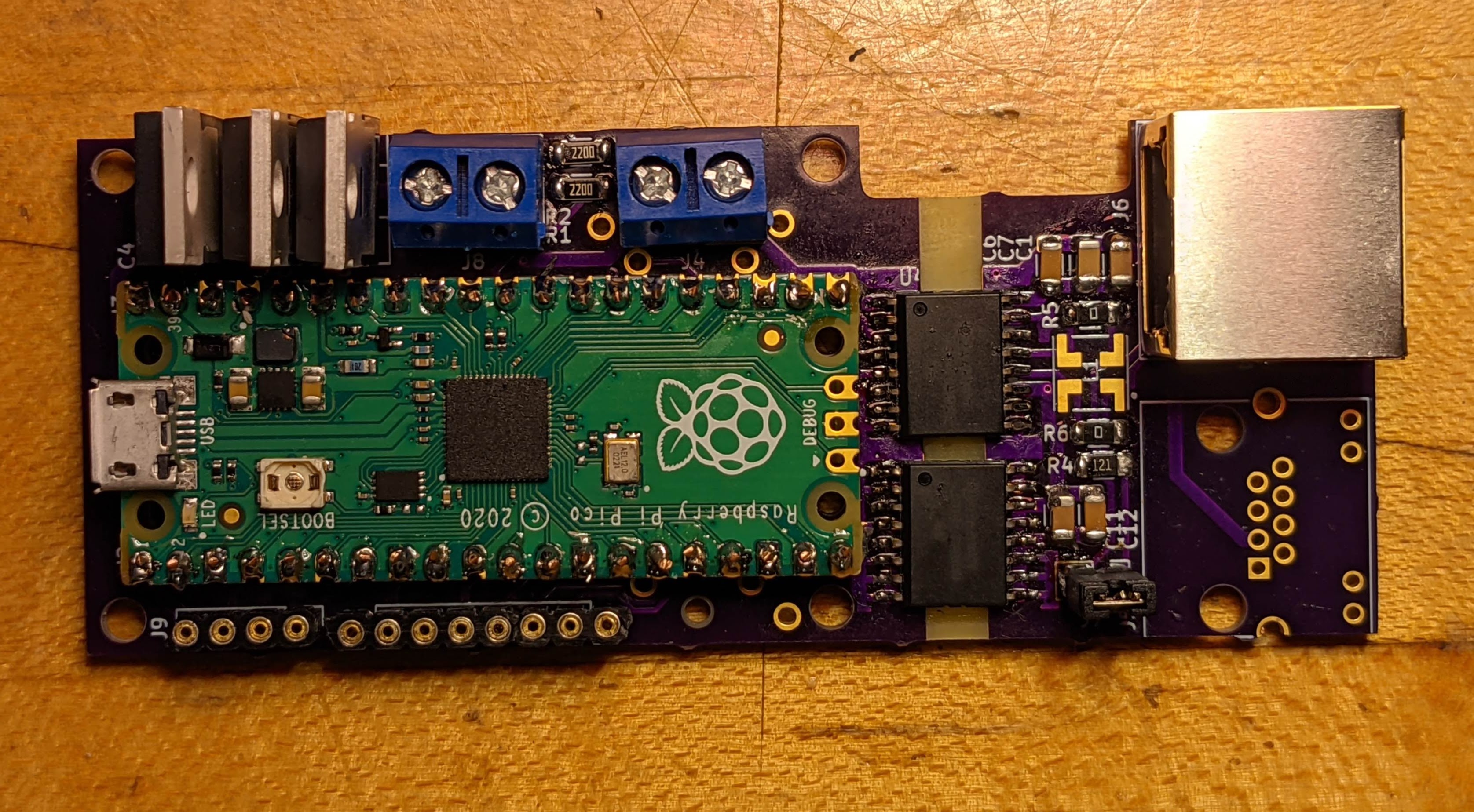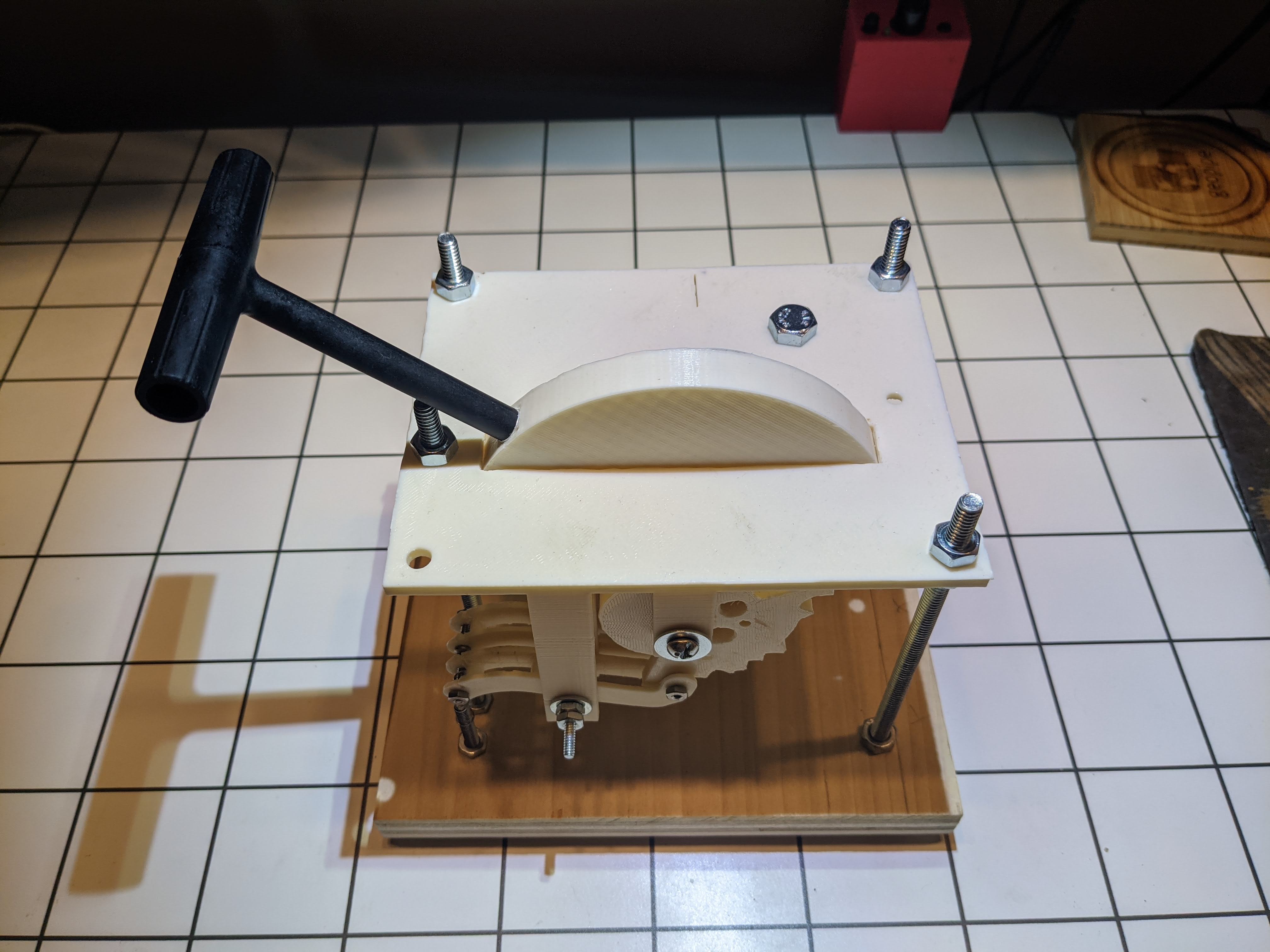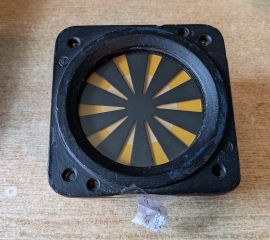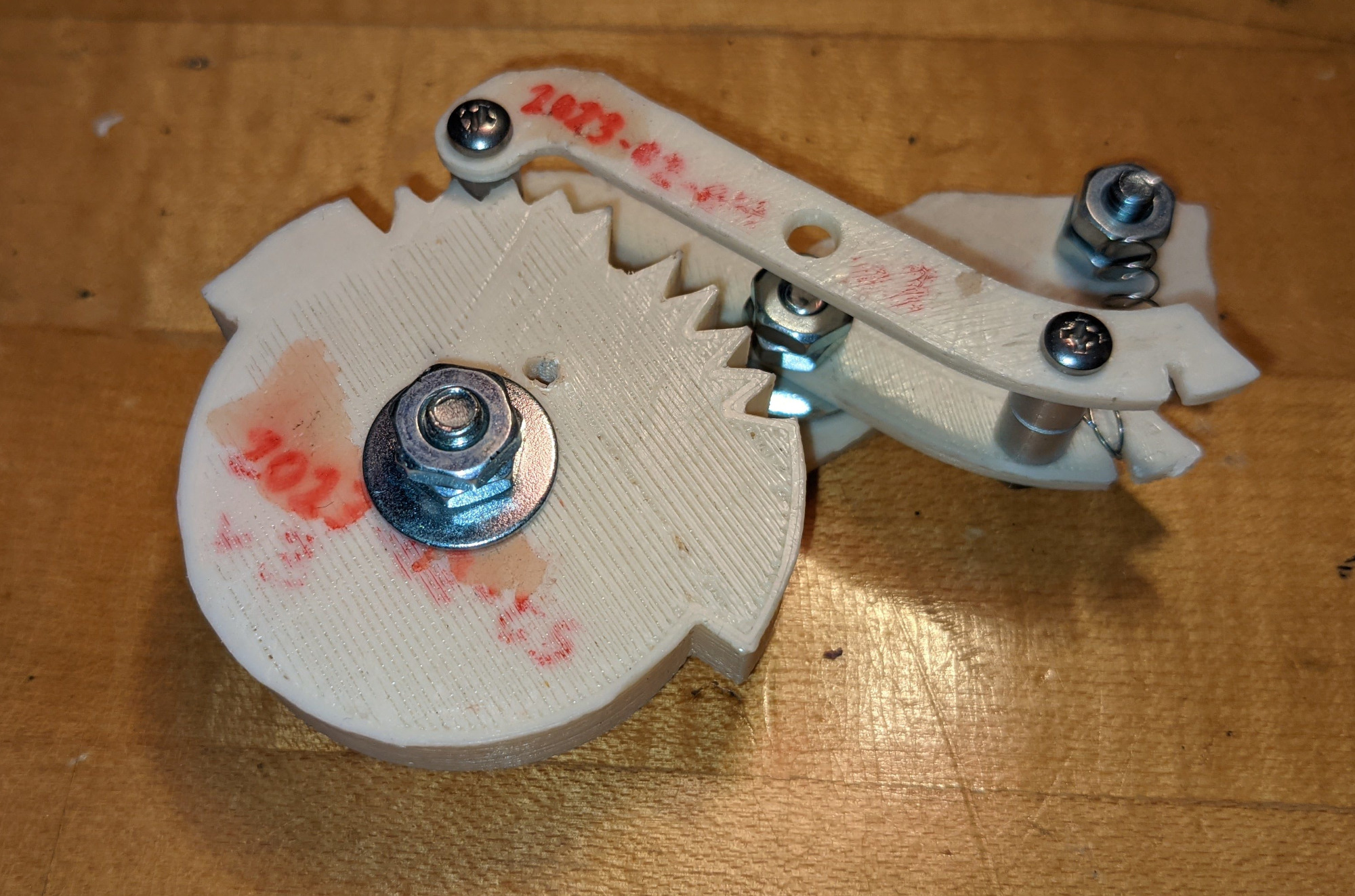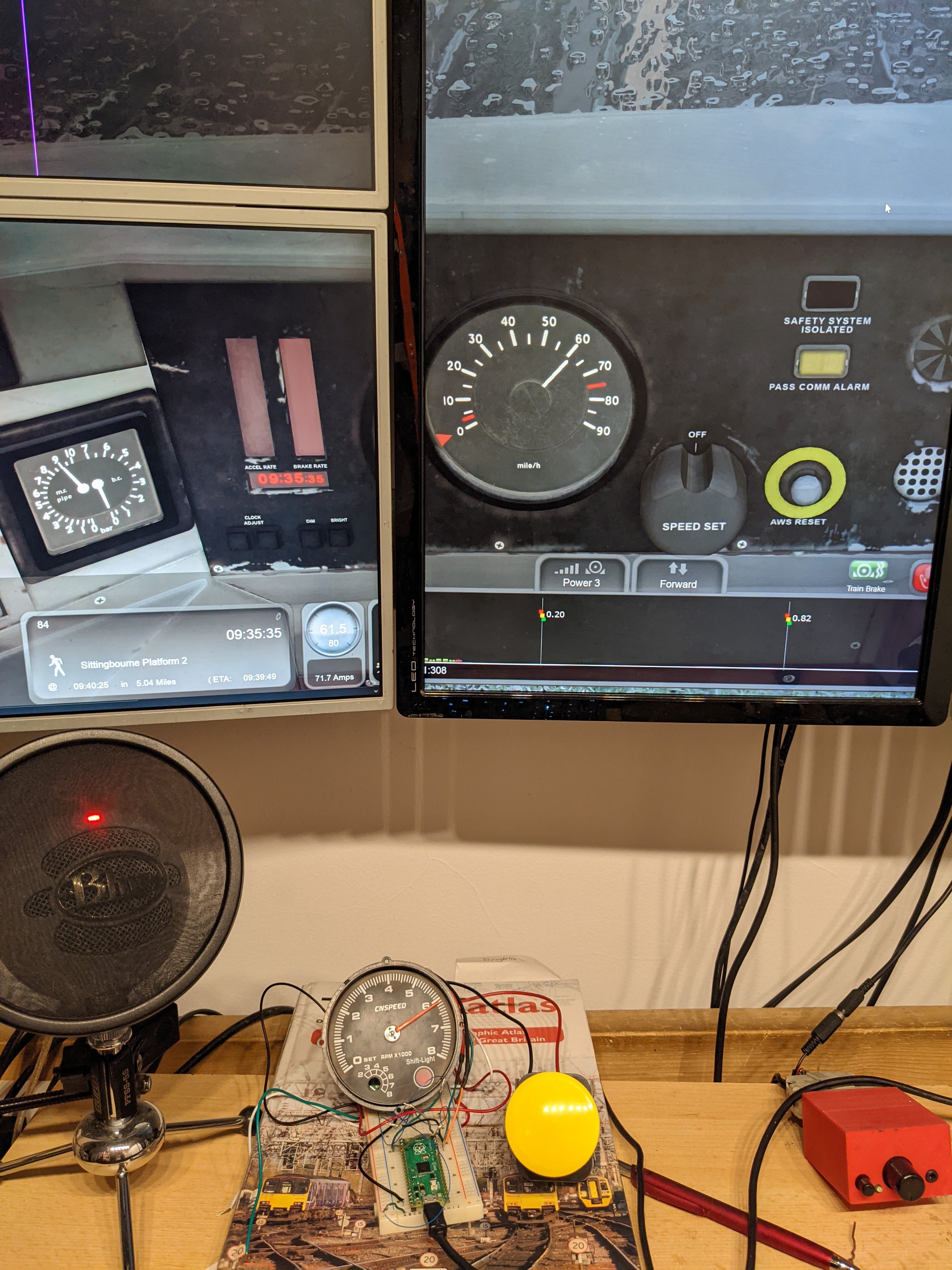As I add more instruments to my realistic physical dashboard for Train Simulator, I have prioritized a speedometer, one of the most vital tools a driver/engineer uses to safely operate a train. After purchasing working, ATP-enabled speedometers, I set about determining how to build controller hardware and software to use the ATP features and the analog needle with Train Simulator to continue to enhance the realism.
